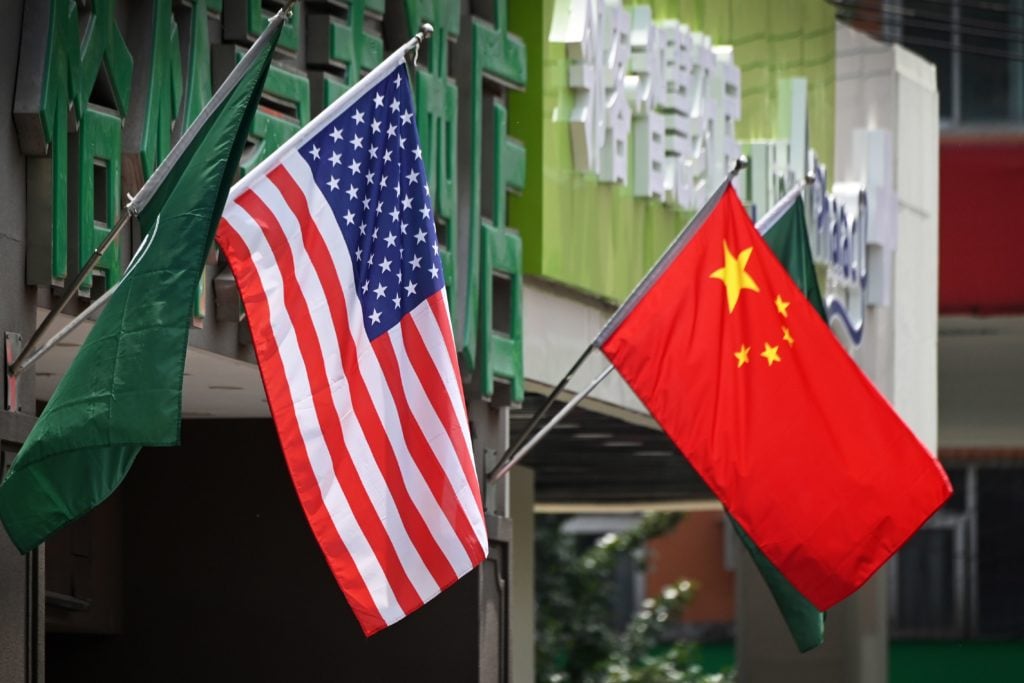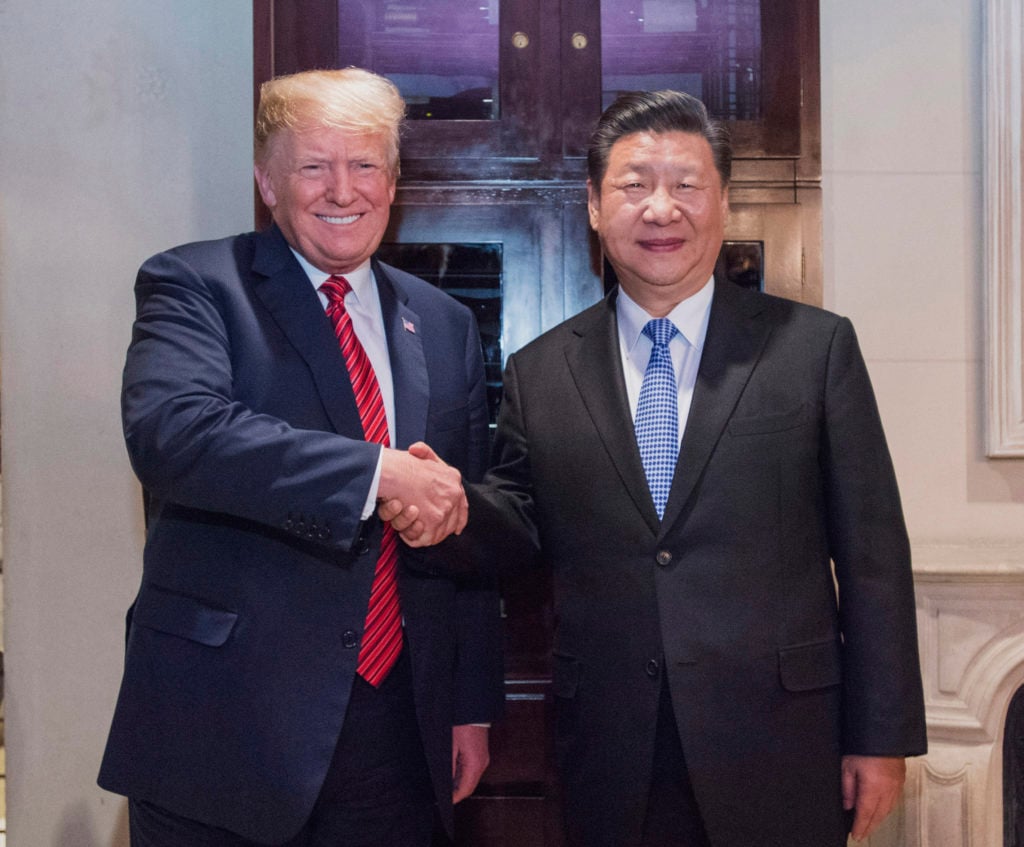Law & Politics
In a Reversal, the Trump Administration Proposes a 25 Percent Tariff on Imported Chinese Art and Antiquities
Art supplies, paintings, drawings, sculpture, and artifacts over 100 years old may all be subject to the import tax.

Art supplies, paintings, drawings, sculpture, and artifacts over 100 years old may all be subject to the import tax.

Taylor Dafoe

Art has been dragged back into the US-China trade war.
Chinese paintings, drawings, sculpture, and antiquities that are more than 100 years old are among the thousands of objects included on the Trump Administration’s new list of imported goods that could be subject to a 25 percent tariff, according to the Antiques Trade Gazette. The tariff applies to goods produced in China, regardless of where they are imported from.
The new list, announced earlier this month, comes nine months after art and antiques dealers successfully lobbied to have art, antiques, and other cultural artifacts be exempt from the tariffs.
Back then, Peter Tompa, a Washington, DC-based lawyer representing groups that lobby for museums and dealers, argued that placing a levy on Chinese art and antiques would only harm the US art market, and that China, a country with strict laws governing its antiques, would actually benefit from the policy.
“If the idea is to punish China and to drive business away from China, this is going to be counterproductive,” he tells artnet News. “It’s not going to hurt China, which actually has a mercantilist approach because they want to repatriate art. It will instead hurt dealers here in the United States, particularly the ones who want to import or take consignments from Europe.”
Tompa also argues that taxing the import of art may not even be legal, citing a congressional statute that declares art to be duty free. “If art is duty free to begin with, how do you impose 25 percent tariff on it?” he asks. (It’s unclear now whether a presidential ruling would be exempt from said statute; nevertheless, Tompa says it’s something the administration would have to address if it were to impose the tariff on art.)

Chinese President Xi Jinping R meets with his U.S. counterpart Donald Trump in Buenos Aires, Argentina, Dec. 1, 2018. Photo: Xinhua/Li Xueren via Getty Images.
On May 10, President Trump increased tax rates on $200 billion worth of Chinese imports from 10 percent to 25 percent—a move he said was made in response to Chinese president Xi Jinping’s attempt to “renegotiate” the provisions of a potential trade deal that once seemed to be imminent. The list of objects subject to the tariffs now spans 196 pages and thousands of products, from frozen crab meat to raw silk.
While art is not currently on the list of levied goods, it’s notable that tools used to make art—such as certain paints and textiles—are already included. Industries that rely heavily on instruments made in China, such as photography and film, will stand to be hit particularly hard regardless of whether art and antiquities are ultimately deemed exempt.
Lawyers representing cultural institutions around the country, including Tompa himself, are expected to fight the new tax policy at the US International Trade Commission hearing on June 17 in Washington. A final decision will be made after the hearing.
As far as art trade is concerned, Tompa is confident the administration will reach the same decision it did last summer. “The [United States Trade Representative] and the president, for the right reasons, decided not to impose tariffs on art the last time this was discussed,” he says. “Nothing factually has changed since then suggesting that that decision should be altered.”